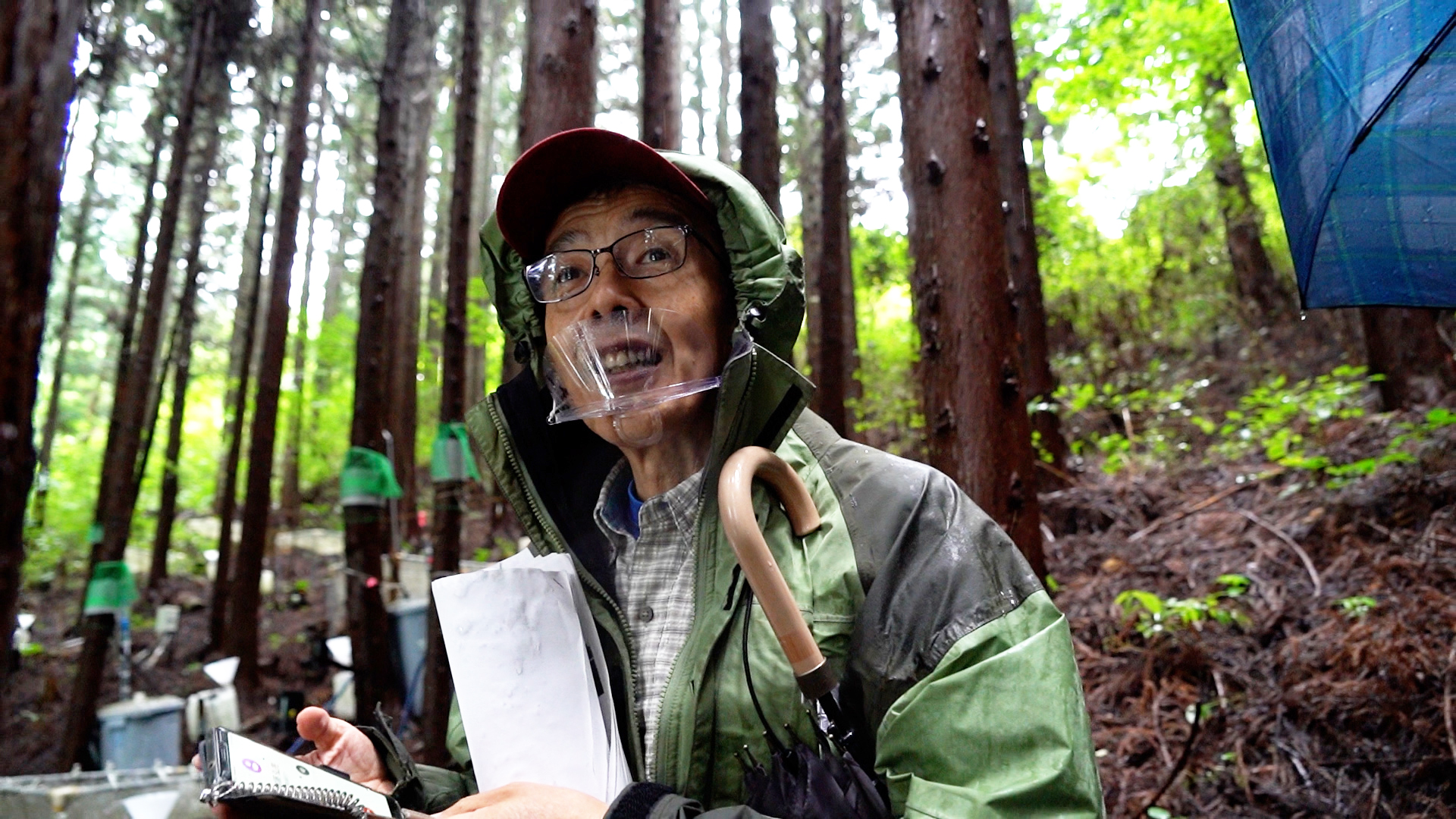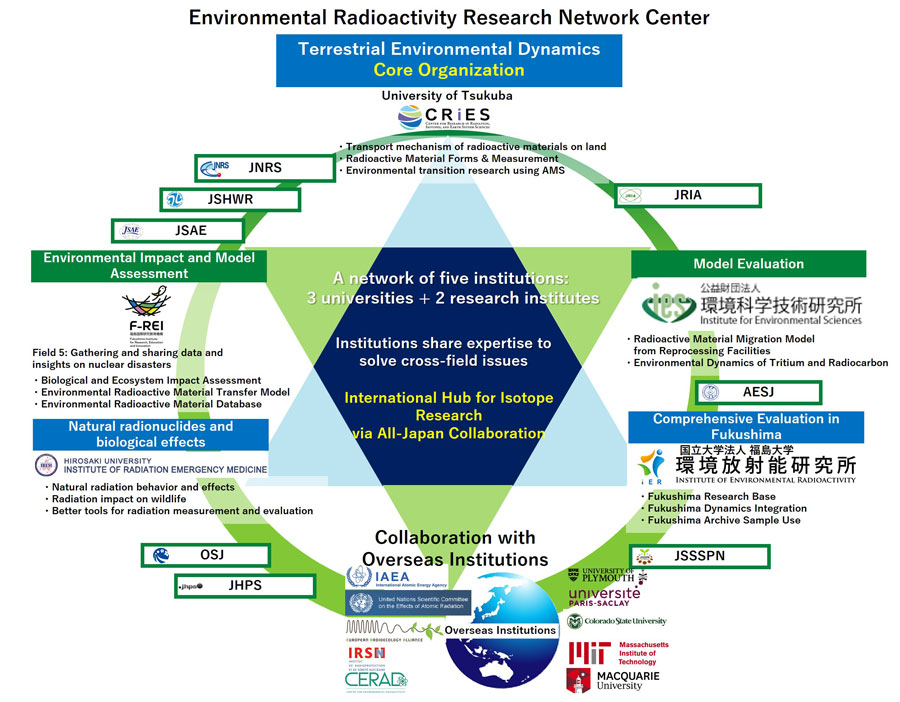Message from Prof. Onda
 Nearly ten years have passed since the accident at TEPCO’s Fukushima Daiichi Nuclear Power Station triggered by the Great East Japan Earthquake of March 11, 2011, and radiation dose rates from radioactive materials have gradually decreased and residents have begun to return home.
Nearly ten years have passed since the accident at TEPCO’s Fukushima Daiichi Nuclear Power Station triggered by the Great East Japan Earthquake of March 11, 2011, and radiation dose rates from radioactive materials have gradually decreased and residents have begun to return home.
Environmental contamination by radioactive materials has been repeated as a major event with intervals of about 10 years, beginning with the atomic bombings of Hiroshima and Nagasaki in 1945, followed by the Bikini Incident in 1954, the large-scale atmospheric nuclear tests in the 1960s, the Chinese nuclear tests in the mid-1960s, the Three Mile Accident in 1979, the Chernobyl accident in 1986, the Tokai accident and JCO accident in the late 1990s, and the Fukushima accident in 2011. In recent years, with the decision to operate a reprocessing plant in Rokkesho-mura, Aomori Prefecture, the importance of research on the environmental fate of radioactive materials has increased.

This Joint Usage/Research Center (currently the Network Joint Research Center for Radioactive Substance Environmental Dynamics and Effects Assessment: ERAN) was officially approved by the Minister of Education, Culture, Sports, Science and Technology and began its activities on April 1, 2019. The network consists of the Center for Research in Isotopes and Environmental Dynamics at the University of Tsukuba (CRiED, now reorganized as the Center for Research in Isotopes and Earth System Sciences: CRiES), the Institute of Environmental Radioactivity at Fukushima University (IER), and the Institute for Radiation Emergency Medicine at Hirosaki University (IREM). In addition, the Fukushima Research and Development Center of the Japan Atomic Energy Agency (JAEA), the Fukushima Regional Collaborative Research Center of the National Institute for Environmental Studies (NIES), and the Institute for Environmental Sciences (IES) are positioned as collaborative network institutions.
The center’s activities aim to elucidate the mechanisms of dispersion, transport, deposition, and migration of radioactive substances in terrestrial and marine ecosystems, predict long-term contamination scenarios, assess the impact on radiation exposure doses, and contribute to dose reduction through migration modeling.
Starting in April 2025 (Reiwa 7), the JAEA Fukushima Research and Development Center and the NIES Fukushima Regional Collaborative Research Center will be integrated into the Fukushima Institute for Research and Education (F-REI) as part of its Area 5: Regional Environmental Co-Creation Unit, continuing their roles as participating institutions in ERAN.
Fostering young researchers is also one of our key missions. In collaboration with each network institution, we offer lectures on Fukushima reconstruction projects and radioactive waste management and disposal. We actively promote international joint research by accepting collaborative studies and visiting researchers from abroad, and we implement internships at overseas institutions to cultivate highly skilled personnel capable of supporting nuclear emergency response and radioactive waste management and disposal.
Moving forward, we will continue to leverage our network to promote interdisciplinary joint research that integrates radiochemistry, radiation effects studies, and nuclear science into earth environmental science. By using radioactive substances as tracers in material cycles, we aim to establish ourselves as a leading international hub in the newly emerging interdisciplinary academic field of “Isotope Environmental Dynamics Research” and expand our research globally.
※CRiED was reorganized to CRiES in April 2023.
Application and Inquiries
Center for Research in Isotopes and Environmental Dynamics (CRiED ) , University of Tsukuba
Address: 1-1-1 Tennodai, Tsukuba, Japan 305-8577
e-mail: eran at ied.tsukuba.ac.jp (replace “at” with “@”)
Phone: 029-853-2532
fax: 029-853-2539
